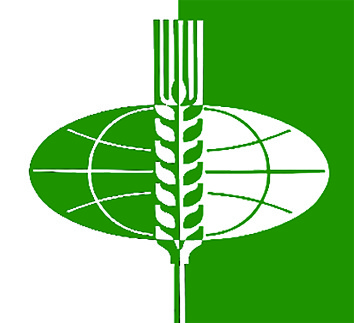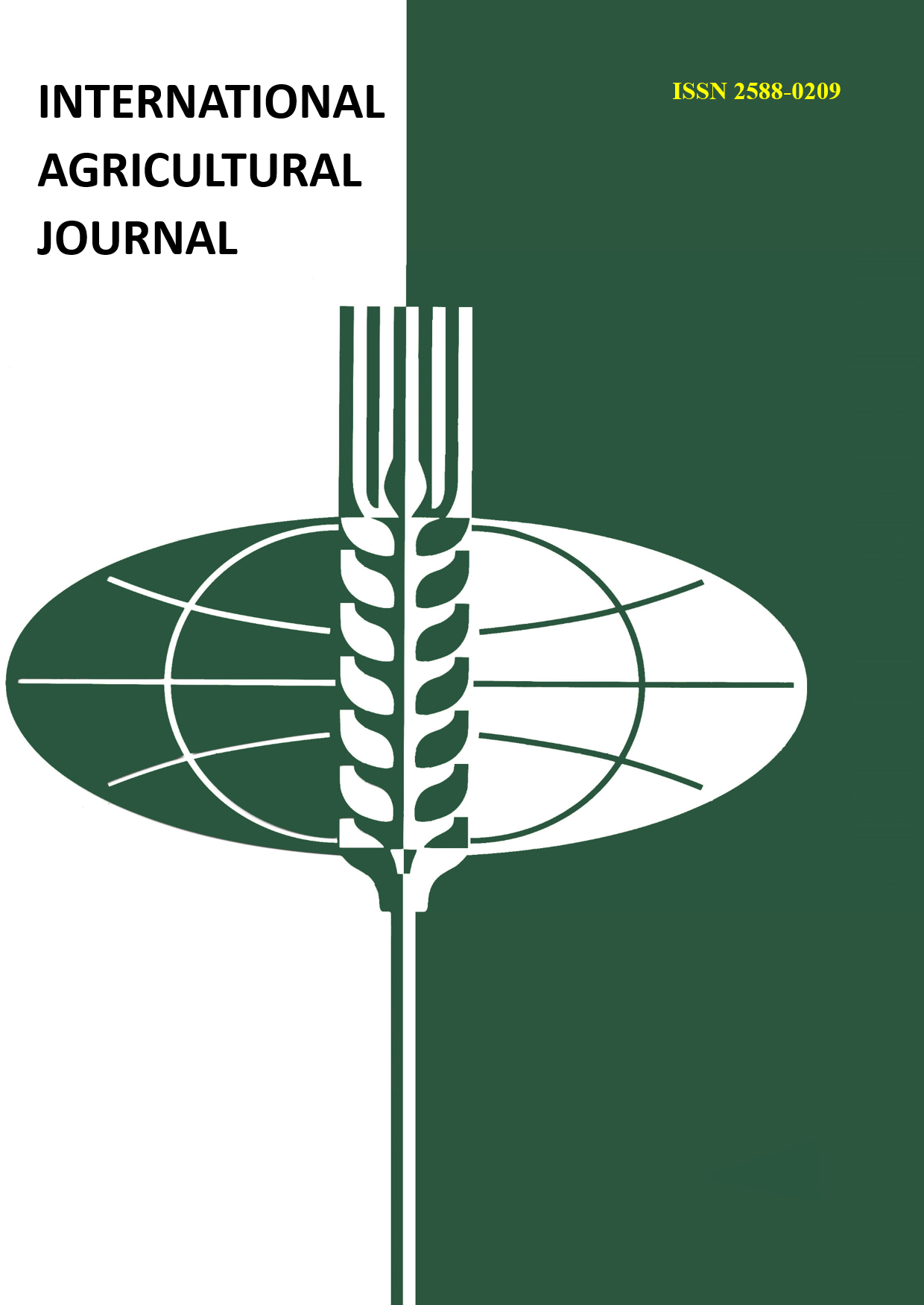In the early 2000s, 1.9 billion people in the world lived in extreme poverty. The implementation of the UN Millennium Development Goals set by the UN Food and Agriculture Organization (FAO) has reduced the number of hungry people by more than half. However, the world population continued to grow, so the next set of measures to combat hunger was adopted. The corresponding Sustainable Development Goals are to be implemented in 2015-2030. Despite the desire of world leaders to implement this program, some countries have not been able to reduce the number of people affected by hunger. In Africa, the number of hungry people is increasing. Food insecurity in Africa is caused by the poor state of agriculture, which cannot provide enough food for the population. African agriculture is influenced by many different risks that bear not only on people but also on farm animals and crops. Natural disasters lead to destruction and loss of life, weaken food security, and lead to economic and political consequences. There are several classifications of agricultural risks; in the present paper, the author refers to the classification by FAO. The consequences of the events related to production risks are most dangerous for agricultural production and food security. Management of production risks in African countries is poorly developed, therefore, from year to year the consequences of natural disasters remain critical. The paper discusses approaches to mitigating the effects of natural disasters in Africa, their advantages and disadvantages.
Afrika, golod, nedoedanie, prodovol'stvennaya bezopasnost', sel'skoe hozyaystvo, proizvodstvennye riski, biologicheskie riski, klimaticheskie riski, upravlenie riskami














